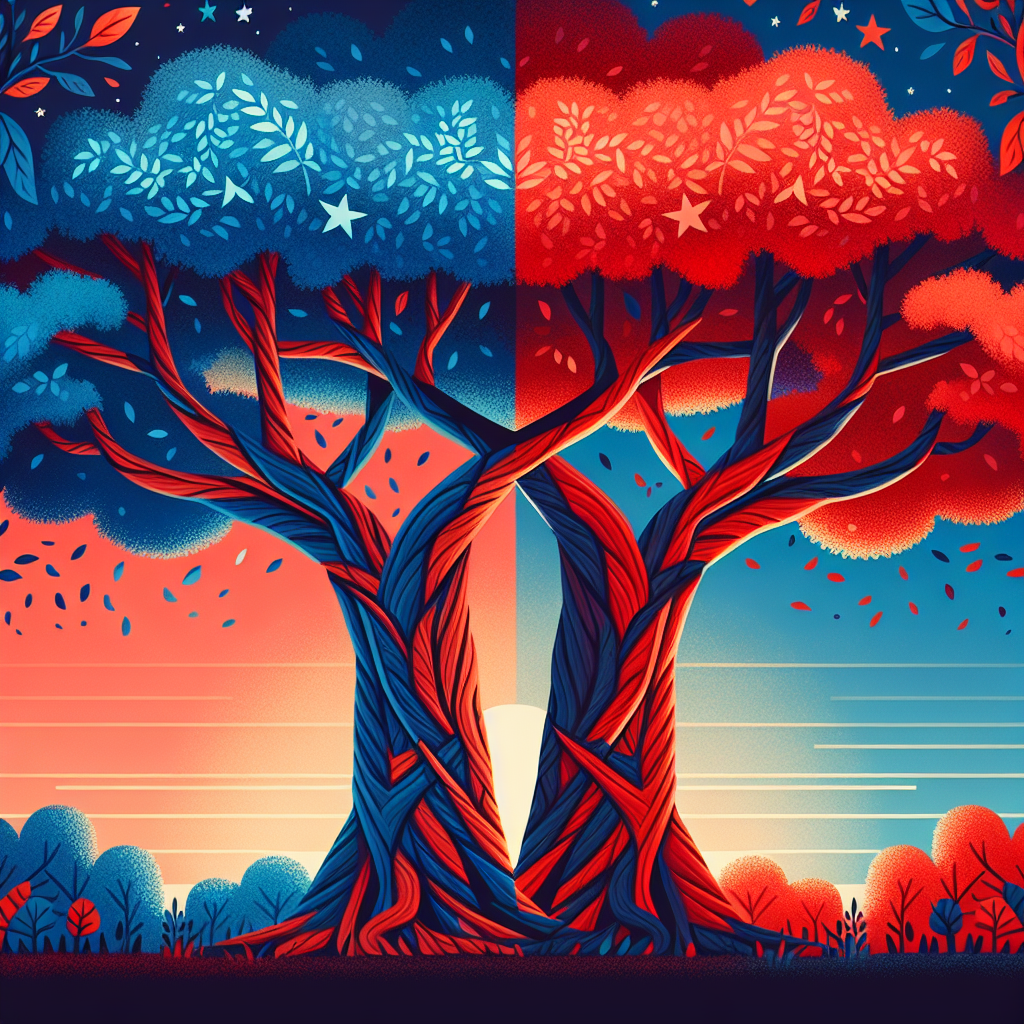Candy Craze: Ranking the Best Candy of All Time
Candy has been a beloved treat for centuries, bringing joy to children and adults alike. From chocolate bars to gummy bears, the world of candy is vast and diverse. In this blog post, we will dive into the best candy of all time, exploring their origins, popularity, and what makes them so special. Whether you’re a candy connoisseur or just have a sweet tooth, this guide will satisfy your cravings for knowledge and sweetness.
The History of Candy
The history of candy dates back to ancient civilizations, where people would combine honey with fruits and nuts to create sweet treats. Over the centuries, candy has evolved significantly, with the introduction of sugar in the Middle Ages revolutionizing the confectionery industry. By the 19th century, candy-making had become a significant industry, with innovations such as the first chocolate bar and mass production techniques.
Early Beginnings
In ancient Egypt, candy was made from honey mixed with figs, nuts, and dates. The Greeks and Romans also enjoyed honey-based sweets, often incorporating spices and herbs. These early candies were not only delicious but also believed to have medicinal properties.
The Sugar Revolution
With the introduction of sugar from the Middle East to Europe in the Middle Ages, candy-making took a significant leap forward. Sugar became the primary ingredient in sweets, leading to the creation of candies like marzipan and candied fruits. By the 17th century, sugar was more accessible, and candy-making began to flourish as an art form.
The Most Popular Candies of All Time
Determining the best candy of all time is no easy feat, as preferences vary widely. However, certain candies have stood the test of time and remain beloved by many. Here, we rank some of the most popular and iconic candies based on their enduring popularity and cultural impact.
1. Hershey’s Chocolate Bar
First introduced in 1900, the Hershey’s Chocolate Bar is a true American classic. Its simple yet delicious milk chocolate formula has made it a staple in households across the United States. With annual sales reaching over $7 billion, Hershey’s remains one of the top-selling chocolate brands in the world.
2. M&M’s
Launched in 1941, M&M’s are colorful, candy-coated chocolates that have become a global phenomenon. The brand is known for its catchy slogan, “Melts in your mouth, not in your hand,” and its wide variety of flavors and limited-edition releases. M&M’s generate over $1 billion in annual sales, solidifying their place as a top candy choice.
3. Reese’s Peanut Butter Cups
Combining the perfect blend of chocolate and peanut butter, Reese’s Peanut Butter Cups have been delighting candy lovers since 1928. Created by H.B. Reese, this candy has become synonymous with the perfect sweet and salty treat. Reese’s products account for more than $2 billion in annual sales, making it one of the most popular candies in the United States.
4. Snickers
Snickers, introduced in 1930, is a candy bar that combines nougat, caramel, and peanuts, all covered in milk chocolate. Known for its satisfying and filling qualities, Snickers is often marketed as a snack that can curb hunger. With annual sales exceeding $3 billion, Snickers is one of the best-selling candy bars globally.
5. Skittles
First produced in 1974, Skittles are fruity, chewy candies that come in a rainbow of colors. The brand’s slogan, “Taste the Rainbow,” has become iconic, and Skittles are enjoyed by people of all ages. The candy generates nearly $200 million in annual sales, making it a top choice for fruity candy lovers.
The Science Behind Candy Preferences
Why do we love certain candies more than others? The answer lies in a combination of factors, including taste, texture, and nostalgia. Understanding the science behind candy preferences can help us appreciate why some candies become timeless favorites.
Taste and Flavor
Taste is one of the most critical factors in candy preference. Our taste buds can detect sweet, sour, salty, bitter, and umami flavors. Most candies are designed to be predominantly sweet, but many also incorporate other flavor notes to create a more complex and enjoyable experience. For example, the combination of sweet chocolate and salty peanut butter in Reese’s Peanut Butter Cups creates a satisfying contrast that many people love.
Texture
Texture plays a significant role in how we perceive candy. Some people prefer the smooth, creamy texture of chocolate, while others enjoy the chewy consistency of gummy candies or the crunch of a candy-coated shell. The mouthfeel of a candy can enhance the overall eating experience and contribute to its popularity.
Nostalgia
Nostalgia is a powerful factor in candy preferences. Many of us have fond memories of enjoying certain candies during our childhood, and these positive associations can influence our choices as adults. Candy companies often capitalize on this by re-releasing classic candies or creating marketing campaigns that evoke a sense of nostalgia.
Actionable Tips for Choosing the Best Candy
Whether you’re planning a party, looking for the perfect gift, or just want to satisfy your sweet tooth, choosing the best candy can be a delightful yet challenging task. Here are some actionable tips to help you make the right choice.
1. Consider the Occasion
Different occasions call for different types of candy. For example, chocolate truffles might be perfect for a romantic gift, while a variety of gummy candies might be ideal for a children’s party. Think about the context in which the candy will be enjoyed and choose accordingly.
2. Know Your Audience
When selecting candy for others, it’s essential to consider their preferences. Some people might love dark chocolate, while others prefer fruity candies. If you’re unsure, opt for a variety pack that includes different types of candy to cater to diverse tastes.
3. Check for Allergies
Always be mindful of potential food allergies when choosing candy. Peanut and tree nut allergies are common, so it’s a good idea to have some nut-free options available. Additionally, consider dietary restrictions such as gluten-free or vegan preferences.
4. Look for Quality
Not all candies are created equal. High-quality ingredients can make a significant difference in taste and texture. When possible, opt for candies made with real sugar instead of high-fructose corn syrup and those that use natural flavors and colors.
Conclusion
Candy is more than just a sweet treat; it’s a cultural phenomenon that has evolved over centuries. From the ancient honey-based sweets of Egypt to the modern-day chocolate bars and gummy candies, the world of candy is diverse and delightful. By understanding the history, science, and personal preferences behind candy, we can better appreciate the best candy of all time. Whether you’re a fan of classic favorites like Hershey’s Chocolate Bar and M&M’s or prefer the unique flavors of Skittles and Reese’s Peanut Butter Cups, there’s a candy out there for everyone. So go ahead, indulge in your favorite sweet treat, and savor the joy that candy brings.





Leave a Reply
You must be logged in to post a comment.